Switzerland located in Europe is a mountainous country. Due to its small size and low population, Switzerland is one of the wealthiest countries in the world. A large population of the country lives in the plateau region because it is difficult to live in the Swiss Alps as these mountains are always covered with snow and also due to the presence of wildlife it becomes difficult to live in this place. The Swiss Alps are home to wildlife in Switzerland. These wild animals and birds form an important part of the country’s tourism and reflect the landscape diversity of a place.
Strange Wildlife in Switzerland
So, here is a list of wild animals that should definitely be seen in Switzerland. Which of these have you already seen in your wildlife safari?
1. Chamois
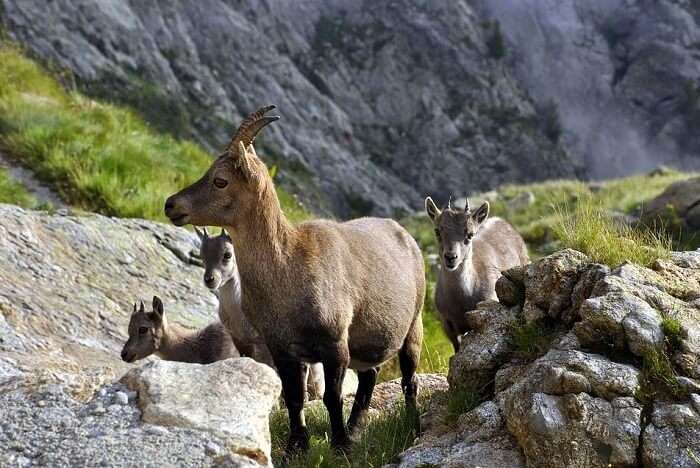
Chamois are commonly found in mountain forests due to the presence of adequate food and shelter. Chamois are horned animals as their name suggests meaning “made of horn”. The hooves of these animals contribute greatly to their agility when moving as they provide them with good gripping abilities. Male chamois live alone and in the same area throughout the year and female chamois live in herds with their young throughout the year.
2.Ptarmigan

The ptarmigan is the only animal/bird in Switzerland’s wildlife that can live above the tree line during the winter season. The ptarmigan is a light bird and its legs are completely covered with feathers. Birds are a rare sight due to their innate ability to recover from energy loss. These birds eat large quantities of buds, branches of berries, bushes, seeds or leaves in a short period of time and then rest in a hollow cover of snow.
Must read: 8 stunning hill stations in Switzerland that you must visit before you die
3. Ibex
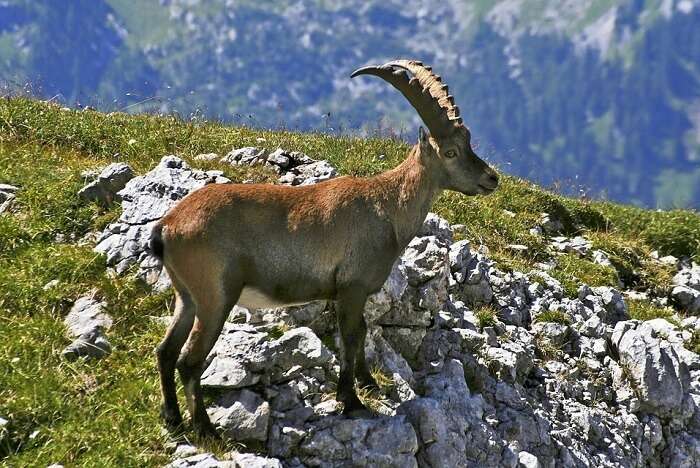
The ibex is an amazing animal with horns nearly a meter long on either side of its head. The horns of the ibex tend to grow in length by a few centimeters each year. Ibex weigh up to 90 kilograms, but with that much weight, they certainly have a sense of balance and the ability to be extremely agile climbers. The female ibex, like the chamois, lives in a herd with her newborn. Female ibex can live up to 24 years even in such a terrible habitat.
4. Marmot

It is a steppe animal found in open areas in alpine meadows and sub-alpine meadows in the Alps in Switzerland. The marmot uses an underground burrow up to 20 meters long and 3 meters deep to protect itself from any danger. Marmots use scent glands in their cheeks to recognize each other; Therefore social interaction plays an important role in their life. Marmots have a family culture consisting of an adult male and a female and several young. During hibernation, marmots’ bodily functions slow down significantly.
Read suggestions: Indulge your taste buds in luxury at these 10 best restaurants in Switzerland!
5. Golden Eagle

image Source
The Golden Eagle is an extremely impressive creature with a wingspan of approximately 2.2 metres. Currently, you can find six golden eagle pairs living happily and harmoniously in the national parks of Switzerland. These creatures have almost escaped extinction. The Golden Eagle is considered the “King of the Air”. Golden eagles feed on marmots in summer and in winter they feed on marmots as well as the hoofed carcasses available to them. Golden eagles are extremely territorial in nature.
Read suggestions: Hiking in Switzerland: A guide to starting a trip with spectacular views
6. Bearded Vulture
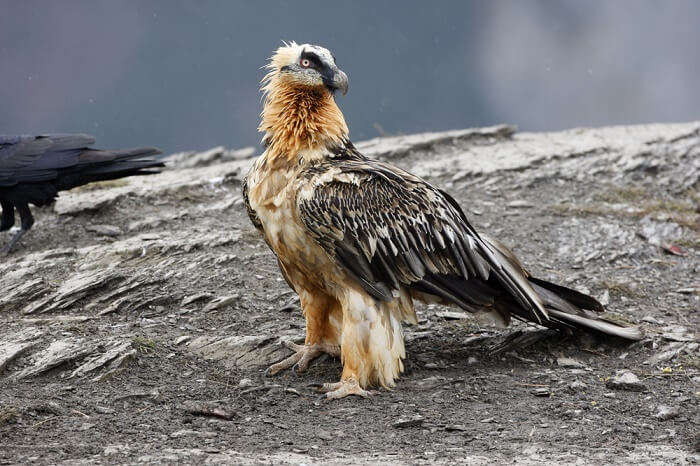
You must have heard and seen about vultures before but have you ever seen or heard about the bearded vulture. The bearded vulture has a wingspan of about 3 meters which makes it extremely attractive and scary. These birds almost became extinct in the Alps during the 19th century. It is said that from the year 1991 to 2007, about 26 young captive-bred bearded vultures took to the air in the Stabelchod Valley area of the Swiss National Park. But no one is sure about the availability of existence of these bearded vultures.
Read suggestions: Shopping in Switzerland: A handy guide on what to buy and where to buy
7. Snow Vole

Surviving at high altitude is difficult, but not for these icy blocks, they are the real survivors of this region. Snowflakes are found above an altitude of 1000 metres. There are moments when sections of ice are seen at altitudes of 4000 meters and even higher. Found in rock crevices, between rocks and among loose rocks. Snow walls in Switzerland usually live under snow which gives them good insulation properties. The ice cover also provides them protection from danger. Icebergs move their habitats very cleverly.
Read suggestions: 8 Fascinating Festivals in Switzerland for Fun and Festivities
8. Mountain Hare
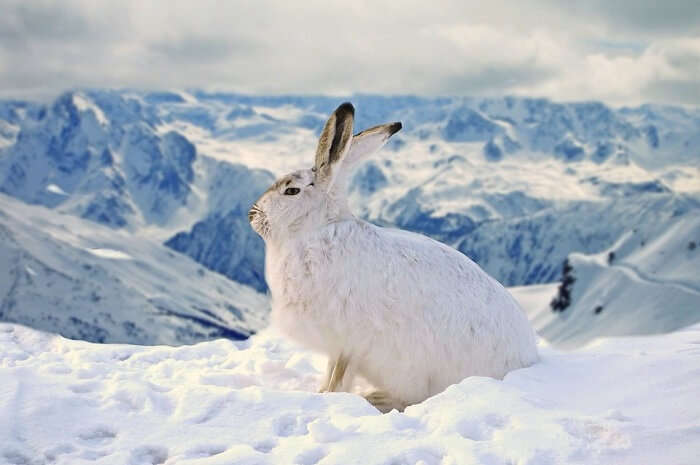
Mountain hares are found in forests or among sloping mountain pines and stones. These rabbits are different from the commonly found rabbits. The mountain hare is more like alpine animals. Therefore, they have many characteristics of alpine animals such as wide hind limbs, stocky bodies and small ears. The presence of the mountain hare can be detected by its marks in the snow. The broad hind limbs of these rabbits are spaced far apart and the short forelimbs are close to each other, making their footprints easy to detect through markings.
Read suggestions: 10 real lakes in Switzerland that are absolutely natural wonders
9. fox

The fox is the largest predator of the Swiss National Parks after the wolf, lynx and bear have almost completely disappeared. They are well adapted and are found widely in the region. The fox eats rats, carrion, marmots and insects. The European red fox is the most common species of fox in Switzerland and is usually found in the forests of the Swiss Alps.
10. Elephant
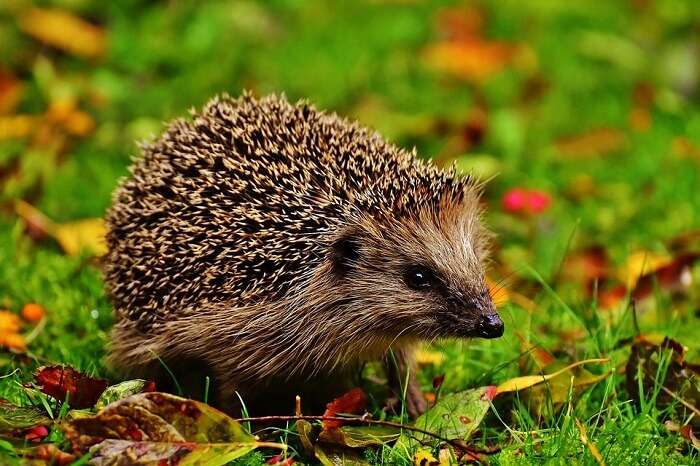
Hedgehogs are found in abundance in the forest. They can adapt themselves to any habitat. They love to eat insects, making them a top favorite in Swiss gardens. They are mostly nocturnal and solitary by nature. Their diet includes slugs, earthworms, beetles, caterpillars and other insects. Some fruits and mushrooms can supplement their diet.
FAQs about wildlife in Switzerland
How many national parks are there in Switzerland to view wildlife in the Swiss Alps?
Switzerland has eighteen national parks to view wildlife in the Swiss Alps mountains.
Is it possible for tourists to hunt wild animals and birds once in Switzerland?
No, hunting is not allowed for tourists and civilians throughout the country.
Is Switzerland a safe place to visit for bird and animal lovers?
Yes, Switzerland is one of the safest places to travel in Europe. It has many wildlife places to visit for animal and bird lovers.
What is the best time to see wildlife in Switzerland?
May to September are dry months. Snow can be seen only in high altitude mountain ranges. The remaining mountain areas are snow-free. This is the perfect time to see wildlife in their natural habitat.
Is Switzerland the right place to visit for a solo female tourist to see its wildlife attractions?
Yes, a solo female tourist must visit here as part of an all-inclusive wildlife tour package. This will include your accommodation, meals, local transit and an English speaking guide.
What things should you take with you when hiking in Switzerland’s national parks?
Tourists will have to carry warm clothes with them in every season. You will need to bring a pair of hiking shoes, binoculars, photo or video camera, a hiking stick, enough drinking water and food.
Is it possible to see wild snow bears in Switzerland?
Wild snow bears are now an endangered species of wildlife in Switzerland. You can rarely see them in national parks, which are above 3,000 meters above mean sea level.
What is the best place to visit for nature and animal lovers once in Switzerland tour?
You must visit the UNESCO designated Entlebach Biosphere Reserve. This is the best place to visit for nature and animal lovers once on Switzerland tour.


